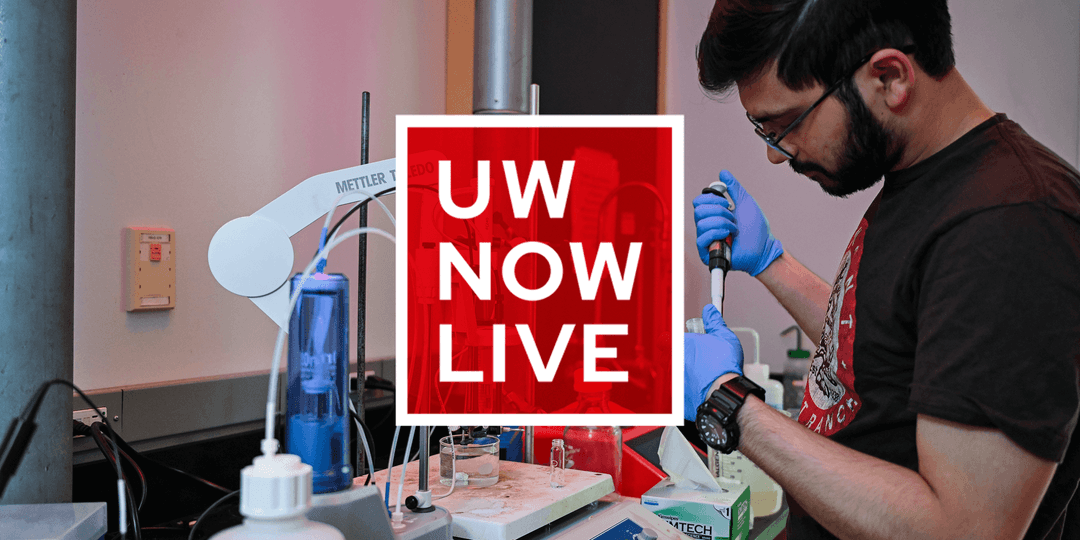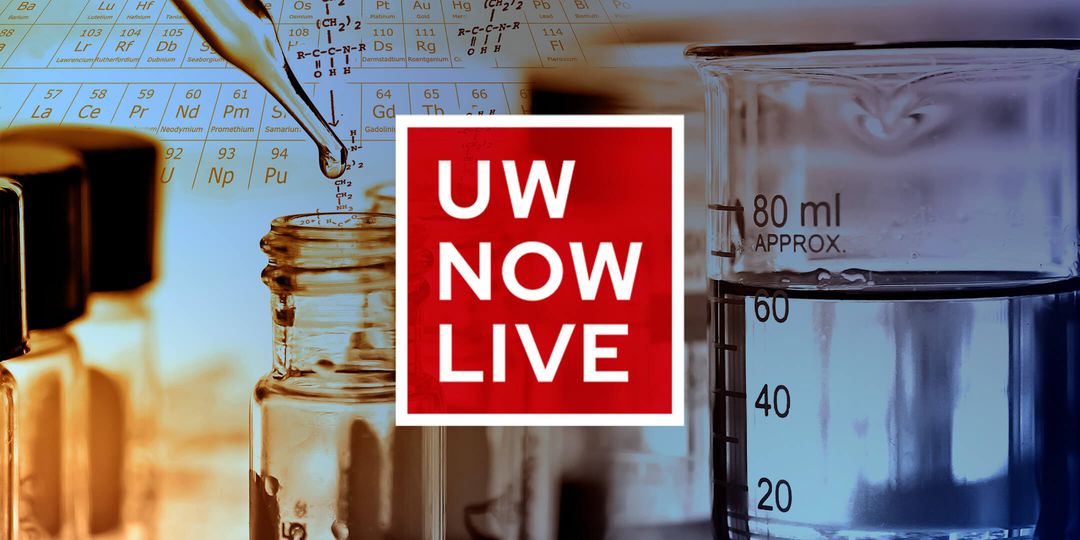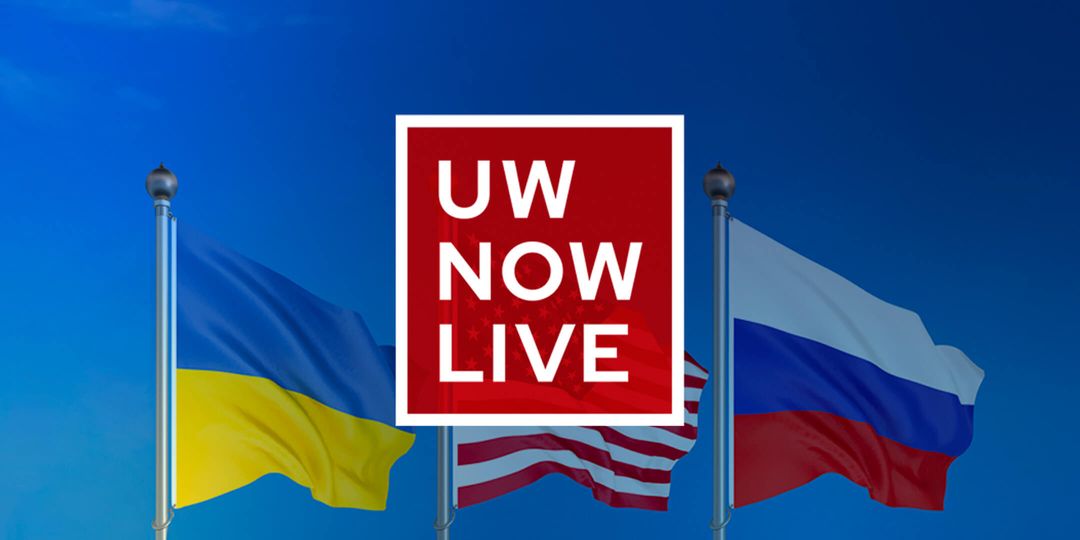Cliff Robb chairs the consumer science department in the School of Human Ecology and serves as the faculty director for the consumer finance and personal financial planning program. An expert in personal finance, consumer behavior, and debt, Robb is also an affiliate researcher with the UW’s Center for Financial Security and the Institute for Research on Poverty. On Tuesday, Sept. 20, he’ll join The UW Now Livestream to discuss the complexity of the federal student-loan system and why so many Americans are entangled in the student debt crisis.
Chief Area of Research:
I do research on consumer financial decision-making. I’ve looked at young adult populations for a number of years. Early on in my career, one of the most pressing issues among young adults was credit card utilization and credit card debt. We’ve seen a real shift in that overall and, right now, the core issue among younger Americans is student-loan debt. That became a focal point of research for me: looking at how people made decisions around that debt and how those decisions were impacting their long-run financial situation. Very broadly, I do a lot of other projects in different areas of consumer behavior and focus on things like financial well-being.
On The UW Now, I’ll Discuss:
One of the things I’m going to emphasize is that the current relief plan really doesn’t get to the root cause of any of the structural issues in place. While I don’t necessarily think it’s bad to provide some relief for current borrowers, there’s nothing in the current plan that’s going to completely change the way that people look at higher education in this country. It’s not going to change the high-cost environment. It’s not going to change the fact that many students end up accumulating a significant amount of debt. So I’ll also be highlighting some of the problems inherent in the existing system where debt is issued by the federal government but then later serviced by an industry because the federal government hands off the servicing role to private-practice industry jobs.
It’s not a really balanced marketplace. We have people who are really overburdened and really disadvantaged, and we have some people who the system works really effectively for. They’re able to borrow a reasonable amount, they’re about to get on a good career path, and they can pay that off in a reasonable amount of time and progress. Overall, we have to look broadly at how that system is structured.
One Thing I’d Like Viewers to Remember Is:
One of the most important things is for people to recognize that it is a really complex issue. The viewpoint oftentimes represented is that these people chose to take this debt on to get x outcome because they chose this as part of their education path. And I think there’s a lot going on where it’s difficult to imagine that individuals as young as 17 and 18 are able to effectively do the cost-benefit analysis on a higher-education degree. If people can at least walk away thinking this is a complex issue that needs nuance in how we approach it from a policy standpoint, I think that’s a win.
To Get Smart Fast, Read:
There are some interesting reports out there from the College Board. It kicks out reports on loan debt, how much people are borrowing, things like that. There’s a book that just came out from Jason Houle and Fenaba Addo, A Dream Defaulted. It looks at the student-loan crisis among Black students and African American borrowers, and it’s a really insightful piece that highlights some of the dynamics and some of the challenges inherent in the way that we model student loans.




